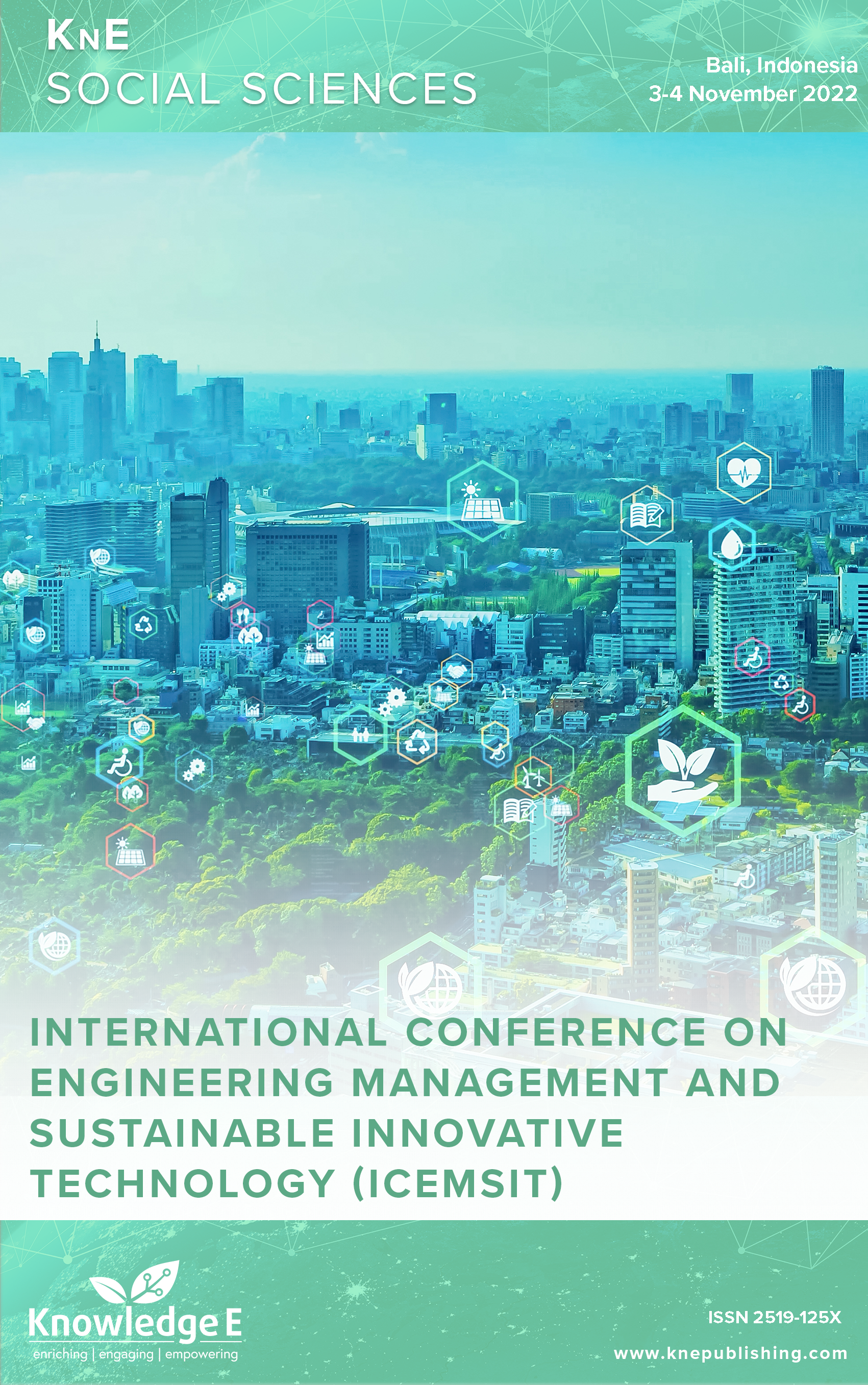Evaluation of the Growth, Obstacles, and Challenges of E-Money During the COVID-19 Pandemic
DOI:
https://doi.org/10.18502/kss.v9i10.15727Abstract
During the COVID-19 pandemic in 2020, electronic money (e-money) was a valuable opportunity as a means of payment. This article used empirical research on millennials to evaluate the growth, barriers and challenges of e-money as a new payment tool in Indonesia. Data collection was conducted through interviews with two e-money issuer executives and 23 millennial e-money customers. Using qualitative methods, the study concluded that the development strategy for e-money was to create innovations that can offer users more security. Increased promotions and cashback at affiliated stores with issued products are also the most popular development strategies for customers. Restrictions on e-money customers included security issues, limited merchants, unstable provider networks, and social-cultural factors (the habit of using traditional cash payment methods). The challenge for e-money issuers was competitors with similar products.
Keywords: e-money, payment tool, green finance, COVID-19
References
Popp D, Hascic I, Medhi N. Technology and the diffusion of renewable energy. Energy Econ. 2011 Jul;33(4):648–62. DOI: https://doi.org/10.1016/j.eneco.2010.08.007
Wang LO, Wu H, Hao Y. How does China’s land finance affect its carbon emissions? Struct Change Econ Dyn. 2020 Sep;54:267–81. DOI: https://doi.org/10.1016/j.strueco.2020.05.006
Meo MS, Abd Karim MZ. The role of green finance in reducing CO2 emissions: an empirical analysis. Borsa Istanbul Review. 2022 Jan;22(1):169–78. DOI: https://doi.org/10.1016/j.bir.2021.03.002
Ahmed AD, Huo R. Volatility transmissions across international oil market, commodity futures and stock markets: empirical evidence from China. Energy Econ. 2021 Jan;93:104741. DOI: https://doi.org/10.1016/j.eneco.2020.104741
Cao J, Law SH, Samad AR, Mohamad WN, Wang J, Yang X. Impact of financial development and technological innovation on the volatility of green growth-evidence from China. Environ Sci Pollut Res Int. 2021 Sep;28(35):48053–69. DOI: https://doi.org/10.1007/s11356-021-13828-3
Murinde V, Rizopoulos E, Zachariadis M. The impact of the FinTech revolution on the future of banking: opportunities and risks. Int Rev Financ Anal. 2022 May;81:102103. DOI: https://doi.org/10.1016/j.irfa.2022.102103
Rabionet SE. How I learned to design and conduct semi-structured interviews: an ongoing and continuous journey. Qual Rep. 2011 Mar;16(2):563–6.
Kwilinski A, Volynets R, Berdnik I, Holovko M, Berzin P. E-Commerce: concept and legal regulation in modern economic conditions. J. Legal Ethical & Regul. Isses. 2019;22:1.
Meileny F, Wijaksana TI. Pengaruh Persepsi Manfaat, Persepsi Kemudahan, Fitur Layanan Dan Kepercayaan Terhadap Tingkat Kepuasan Pelanggan Linkaja Di Indonesia. Jurnal Ecodemica. 2020 Sep;4(2):201–2. DOI: https://doi.org/10.31294/jeco.v4i2.7934
Dehghan F, Haghighi A. E-money regulation for consumer protection. International Journal of Law and Management. 2015 Nov;57(6):610–20. DOI: https://doi.org/10.1108/IJLMA-06-2014-0042
Corbin J. Basics of qualitative research grounded theory procedures and techniques. Sage. 1990.
Gürkaynak G, Yilmaz I. Regulating payment services and electronic money: A comparative regulatory approach with a specific focus on Turkish legislation. Comput Law Secur Rep. 2015 Jun;31(3):401–11. DOI: https://doi.org/10.1016/j.clsr.2015.03.009
Octabriyantiningtyas D, Suryani E, Jatmiko AR. Modeling customer satisfaction with the service quality of E-money in increasing profit of Pt. Telekomunikasi Indonesia. Procedia Comput Sci. 2019 Jan;161:943–50. DOI: https://doi.org/10.1016/j.procs.2019.11.203

